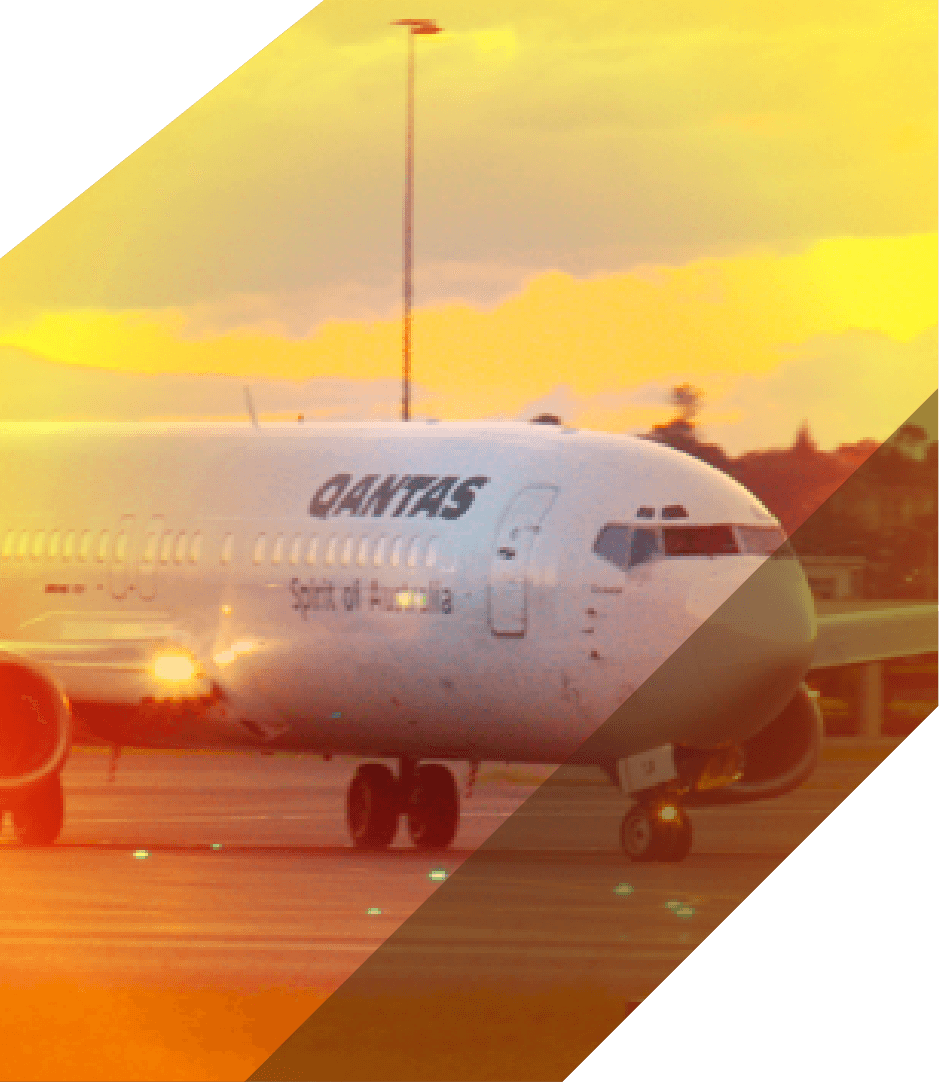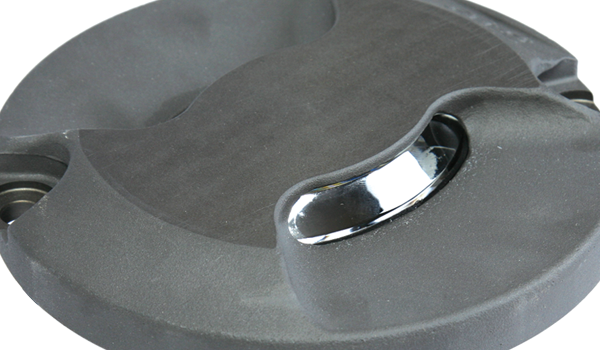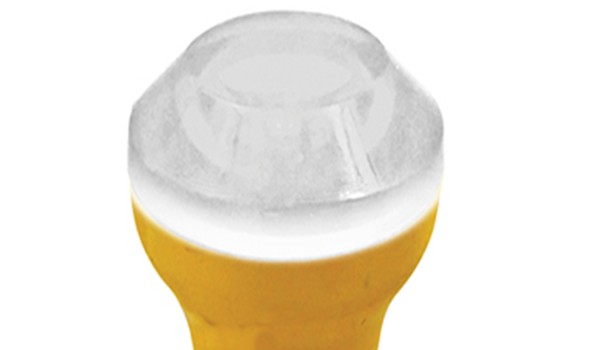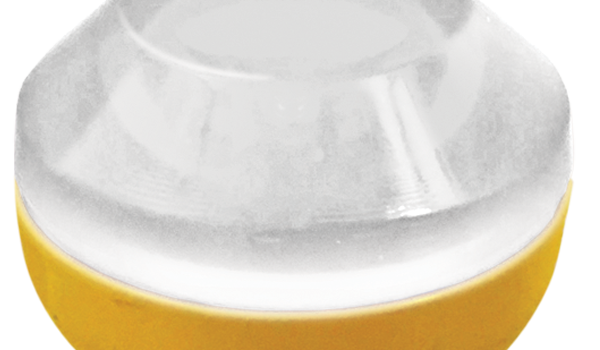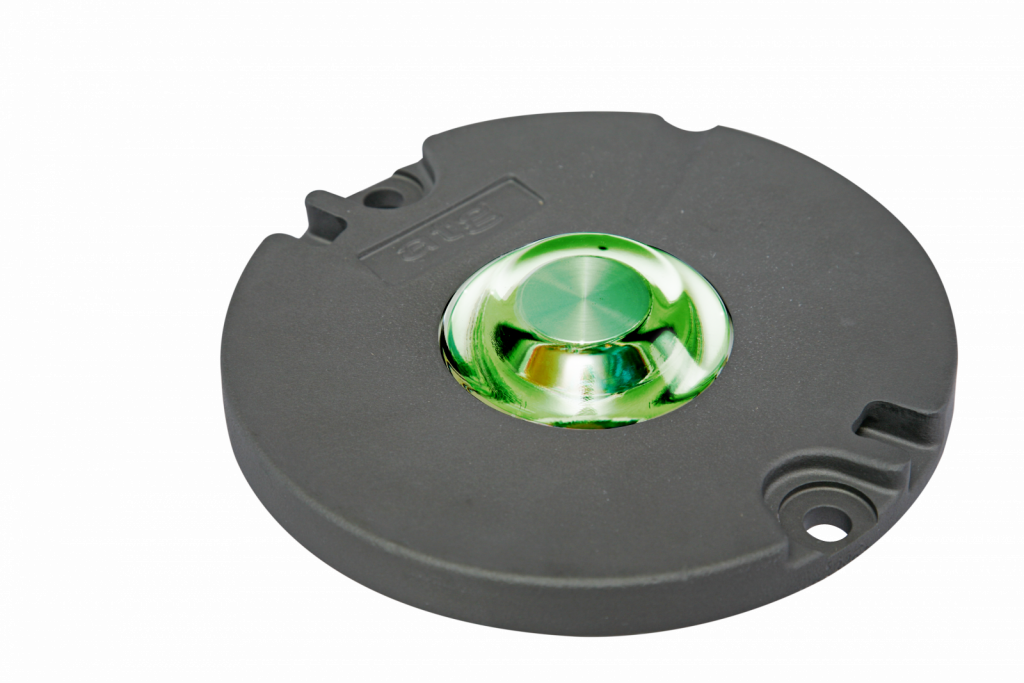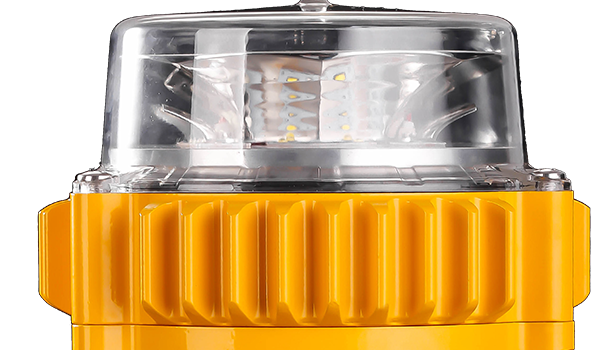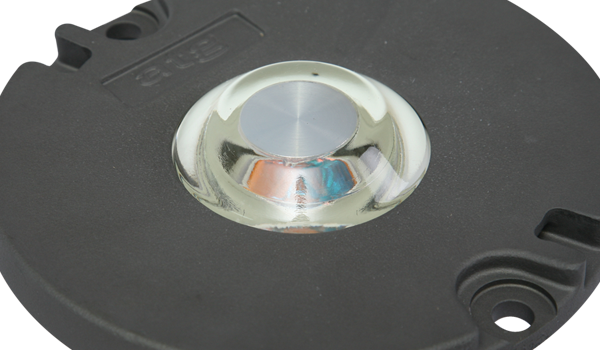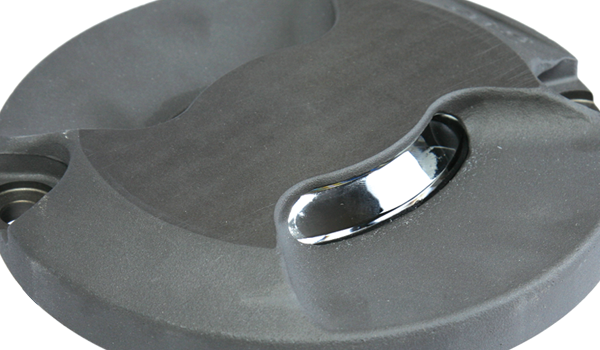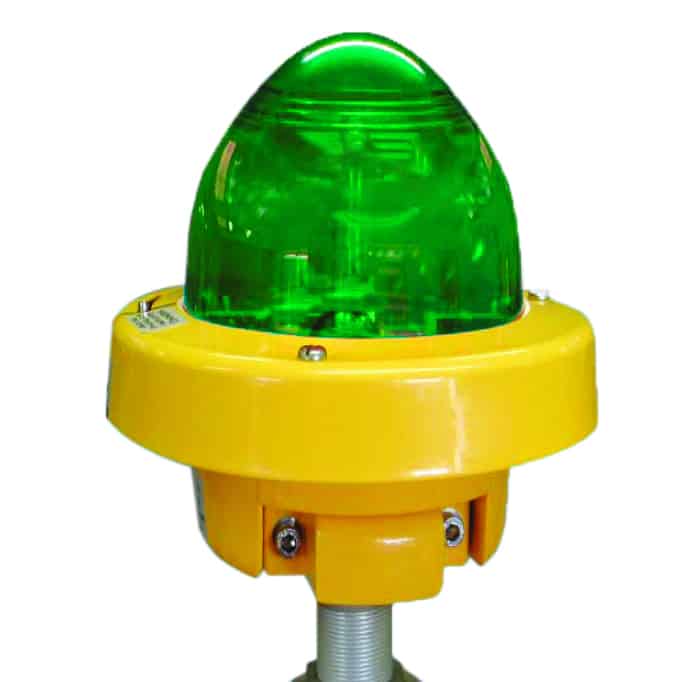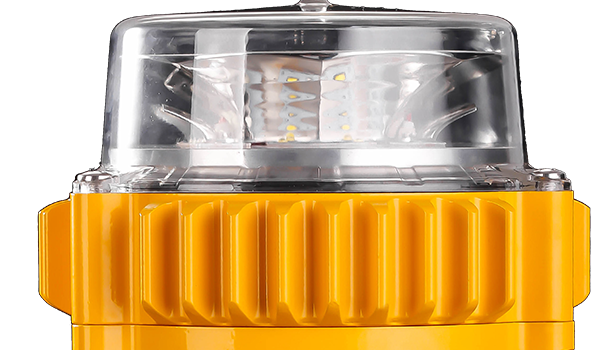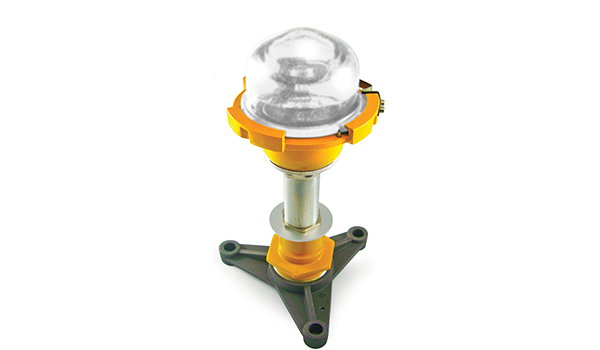Medium Intensity Airfield Lighting
Suitable for non-instrument runways or non-precision approach runways, our range of medium intensity airfield lighting has a wide range of potential applications depending on the requirements of your airfield.
Correct use of medium intensity lighting will form a vital part of any airfield lighting system, this is something our experienced team of AGL specialists will be able to help you with. Comprehensive discussions will enable a bespoke approach to your project and ensure you receive a system which meets your precise requirements. Our aftercare service also means you’ll be able to move forward in complete confidence once the project is complete.
View our range of medium intensity airfield lighting below or contact our team to discuss your requirements.


